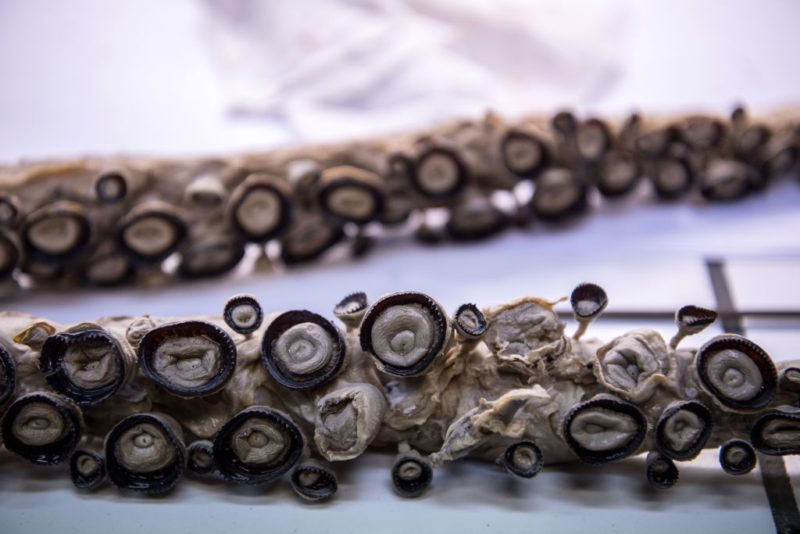

Unfortunately, there is a huge quantity of microplastics, less than 5mm in size, suspended throughout the entire column of water in this region.

While that’s a scary estimate, what is even more frightening is that we can’t analyze what lies beneath these patches. However, the plastic litter found in these regions covers an area about three times the size of France. It is divided into eastern and western patches that rotate through the action of oceanic currents.
GIANT PACFIC ITRASH ISLAND PATCH
This giant plastic dump was initially assumed to be a floating island of plastic waste about the size of Texas, but according to tests and research conducted by The Ocean Cleanup, it has become clear that the patch is not in one particular place.

How big is the Great Pacific Garbage Patch? It can only be photo-degraded by the energy of the sun, which breaks it down into microplastics unfortunately, these microplastics continue to be a significant threat to the existence of marine life and the health of the ocean. The plastics that we use and casually throw away in massive amounts is non-biodegradable, which means that it can’t be degraded or broken down into harmless organic substances. It is critical to understand that a majority of the garbage found in these gyres comes from land-based sources. The eastern patch is located roughly between Hawaii and San Francisco, while the western Patch lies southeast of Japan. This area, however, consists of two regions of plastic litter, namely the eastern and the western patches. The Great Pacific Garbage Patch was formed through the gradual accumulation of marine pollution in the North Pacific Gyre. A great deal of this litter flows from one part of the world to the other through ocean currents. Once they reach the center of the oceans, the ships dump it there like a landfill. Apart from the normal trash that people leave near beaches and other water bodies, countries also deposit the bulk of this plastic waste into the oceans by ship. Plastic pollution is perhaps the most significant threat that the oceans face today. The significant gyres include the North Atlantic, South Atlantic, North Pacific, South Pacific, and the Indian Ocean gyres of these, the North Pacific gyre is home to about three million tons of plastic litter. This is because of the Coriolis Force that the Earth experiences due to its rotation. The gyres in the Northern Hemisphere rotate clockwise, while the ones in the Southern Hemisphere rotate counterclockwise. These swirling vortices dominate open oceans. They are known to be rimmed by large and permanent ocean currents, which form a bulge of rotating water a few meters above sea level.Ī gyre can also be another name for a swirling vortex. Gyres are spiraling circulations in the sea that can have a diameter of thousands of miles. A water vortex (Photo Credit : artcasta/Shutterstock)


 0 kommentar(er)
0 kommentar(er)
